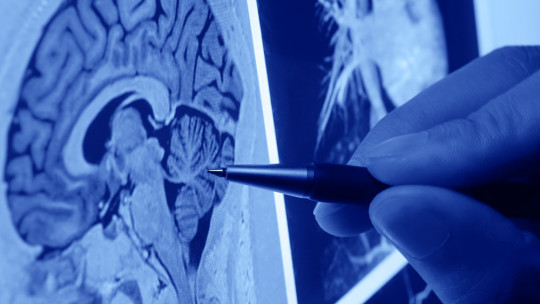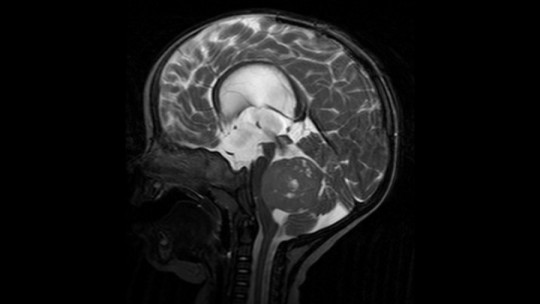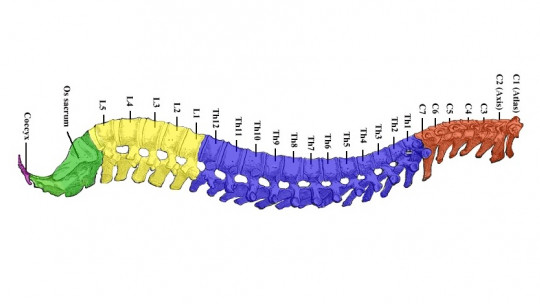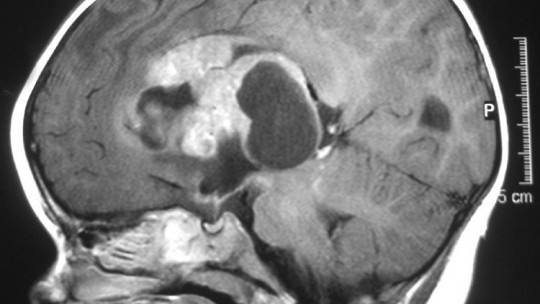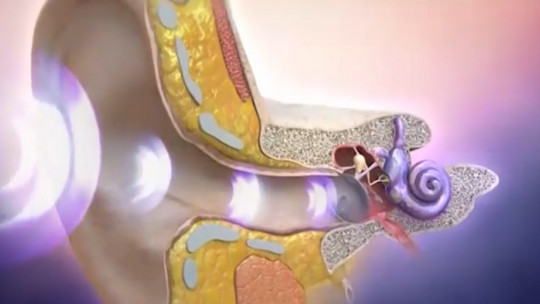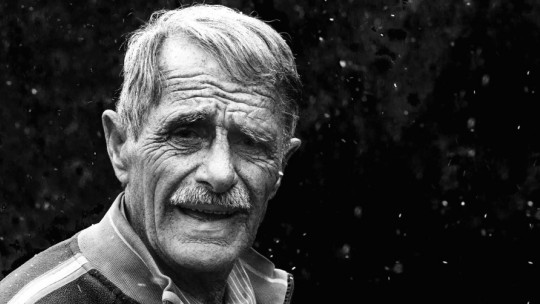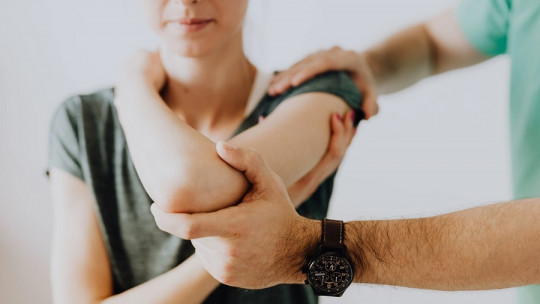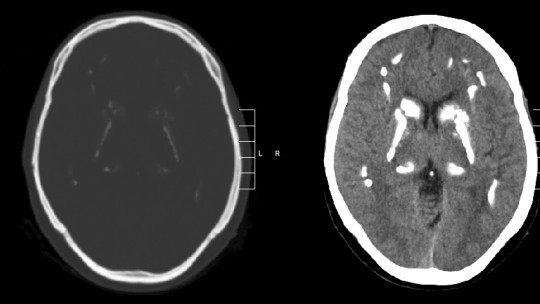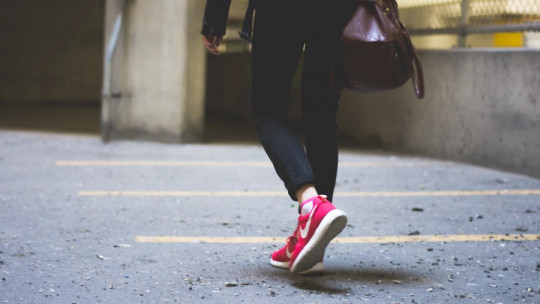
Gait disorders considerably affect older adults and contribute to increased morbidity due to the falls they cause.
These types of disorders and their consequences are becoming more frequent with each passing day, as we live in increasingly long-lived societies. That’s why It is important to know what the different types of gait disorders consist of and what symptoms characterize them.
The normal gait
Gait disorders always involve a failure in balance and in our locomotion system, and generally tend to affect older people who see how their musculoskeletal systems and postural reflexes deteriorate with aging.
In order to understand how a gait disorder occurs, Let’s first see what the mechanism of normal walking consists of, in general terms which can be divided into three phases: takeoff, advance and support.
Takeoff
While the knee is locked in extension, The soleus and gastrocnemius drive the limb, lifting the heel off the ground at the same time that the abductor muscles and the quadriceps of the contralateral limb prevent the pelvis from tilting, keeping it fixed.
Advance
With the contralateral limb supporting the entire load, the reference limb is raised and moved forward. To do this, both the hip and the knee are progressively flexed, while the ankle and foot are extended progressively to avoid rubbing with the ground.
Ground support
It starts with the heel and immediately involves the entire sole of the foot, keeping the knee slightly bent. It is at this moment when the take-off phase of the contralateral limb begins
Clinical characteristics of gait disorders
Gait disorders They may or may not have a neurological origin The most common non-neurological causes include osteoarthritis of the hip and knee, orthopedic deformities, and visual deficits.
The characteristics of a gait disorder can indicate the etiology. Difficulty in starting to walk may be due to Parkinson’s disease or frontal subcortical disease. And when walking difficulties are associated with a cognitive deficit and urinary incontinence, normal pressure hydrocephalus is suspected.
Besides, Gait shortening is quite nonspecific, but can be found in neurological, musculoskeletal or cardiorespiratory problems When symmetry is lost in the movement between the two hemibodies, it usually means that there is a unilateral neurological or musculoskeletal disorder.
If the patient presents high variability in the cadence, length and width of the step, it usually indicates a possible disorder of the motor control of gait due to a cerebellar or frontal syndrome or a multiple sensory deficit. And in patients with a deviated gait, cerebellar and vestibular diseases are usually found.
Instability for trunk control It can be caused by alterations in the cerebellum, frontal subcortical areas and the basal ganglia.
On the other hand, slowing of gait usually represents degeneration of the basal ganglia and extrapyramidal dysfunction, and very possibly represents early-stage parkinsonism.
Main gait disorders
Gait disorders usually have a multifactorial etiology and, therefore, it is important to carry out a thorough diagnosis. Carrying out a good observation of the patient’s gait, signs and symptoms, can guide the professional towards the origin of the predominant disorder.
The main gait disorders are described below:
Due to neurological problems
These types of gait disorders affect 20-50% of older adults and are one of the most common causes of falls.
1. Hemiplegic or reaper gait
It is caused by hemiplegia or paresis of the lower extremity, as a result of suffering a stroke or other brain injury. The subject has to swing the leg in an outward arc (circumduction) to ensure takeoff.
At the same time, there is a lateral flexion of the trunk towards the healthy side and a small support base is maintained, so there is a high risk of falls.
2. Walking in “scissors”
This gait disorder is a type of bilateral circumduction; That is, the person’s legs are crossed when walking. The dorsiflexor muscles of the ankle are weak and the feet scratch the ground. The patient takes short steps with great effort.
The most common causes are cervical spondylosis and lacunar infarction or multi-infarct dementia
3. Parkinsonian or festinating gait
The typical gait of Parkinson’s disease is bradykinetic, with short steps, very slow and poorly off the ground The person walks while maintaining flexion of the hips, knees and elbows, leaning the trunk forward and without swinging the arms.
There is usually a loss of balance forward, as the body begins to move before the feet. With the progression of the movement, the steps usually become faster and, sometimes, they have difficulty stopping, and can easily lose their balance.
4. Apraxic gait
It usually appears when there are alterations in the frontal lobe and is characterized by a wide base of support, a slightly flexed posture and small, hesitant and dragged steps.
The initiation of walking is usually complicated and patients remain “stuck” to the ground, being able to oscillate and fall when making the effort to lift the foot. This gait disorder can appear in patients with Alzheimer’s, dementia of vascular origin or normal pressure hydrocephalus.
5. Ataxic gait
This gait disorder usually occurs in posterior cord injuries. There is a wide base of support and the patient takes strong steps There is usually a loss of sense of position, so people who suffer from it do not know where their feet are and throw them forward and outward.
These patients often have balance problems and wobble from side to side Along with ataxic gait, significant vitamin B12 deficiencies, spinocerebellar degeneration and cervical spondylosis also usually appear.
Due to circulatory problems
In addition to the problems generated by immobility and disuse, there are other pathologies that cause circulatory problems and altered gait.
1. Lame gait
After a greater or lesser number of steps, the patient experiences numbness, tingling, cramps or pain that forces him to stop for a time before starting to walk again.
2. Due to musculoskeletal problems
exist other types of conditions that cause muscle weakness and alteration of gait: hypo and hyperthyroidism, polymyalgia rheumatica, polymyositis, osteomalacia and neuropathies; also the prolonged use of drugs such as diuretics and corticosteroids.
Any loss of proximal muscle strength leads to unstable and clumsy gaits.
3. Penguin March
In this gait disorder, there is an inclination of the trunk outside the foot that rises due to weakness of the gluteus medius and the inability to stabilize the weight of the hip. These patients have difficulty getting up from low places and climbing stairs
4. Anti-algic gait
This gait disorder occurs in patients with arthritic problems with numbness and pain. The foot is usually placed flat on the ground to reduce the shock of impact. The take-off phase is avoided to reduce the transmission of forces through the altered hip.
There is usually a decrease in the static phase of the affected leg and a decrease in the swing phase of the other so the step length is shorter on the good side and the walking speed decreases.
Falls in these types of conditions
Falls in the elderly population represent a real public health problem. Approximately 30% of people over 65 years of age who are independent and autonomous suffer at least one fall per year. In people over 75 years of age, the percentage rises to 35%, and up to 50% in elderly people over 85 years of age.
Death rates due to falls are increasing exponentially with increasing age, in both sexes and in all racial groups.
On the other hand, falls are more frequent in women, although as the years progress, the tendency is to equalize. Furthermore, it should be noted that falling is a risk factor in itself for suffering further falls; For example, in the recording of a patient’s medical history, a history of having had a fall is considered a predictor of hip fracture in the future
The vast majority of falls occur in closed places, without being related to a specific time of day or time of year. The most common places for falls are the bathroom, kitchen and bedroom. And the activity that most favors falls is walking. One in every ten falls occurs on stairs, with the descent being more dangerous than the ascent, as well as the first and last steps.
In the event of a fall, the first thing the professional must do is: assess the person globally; identify risk factors and circumstances of the fall; early estimate the short and long term consequences; and, finally, try to prevent new falls.

